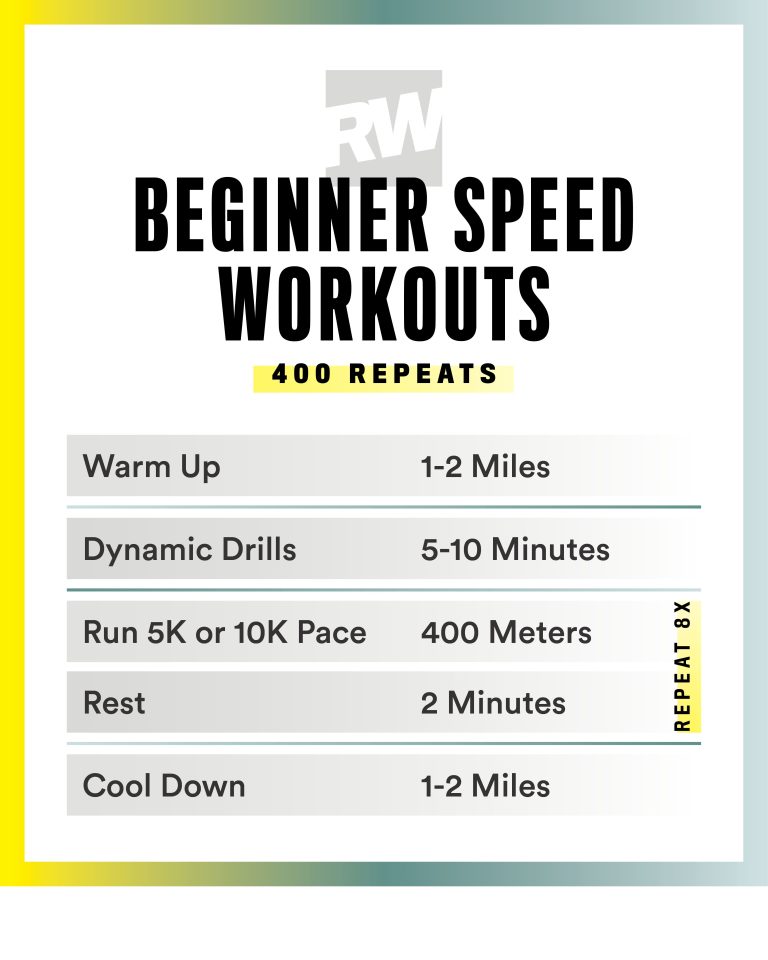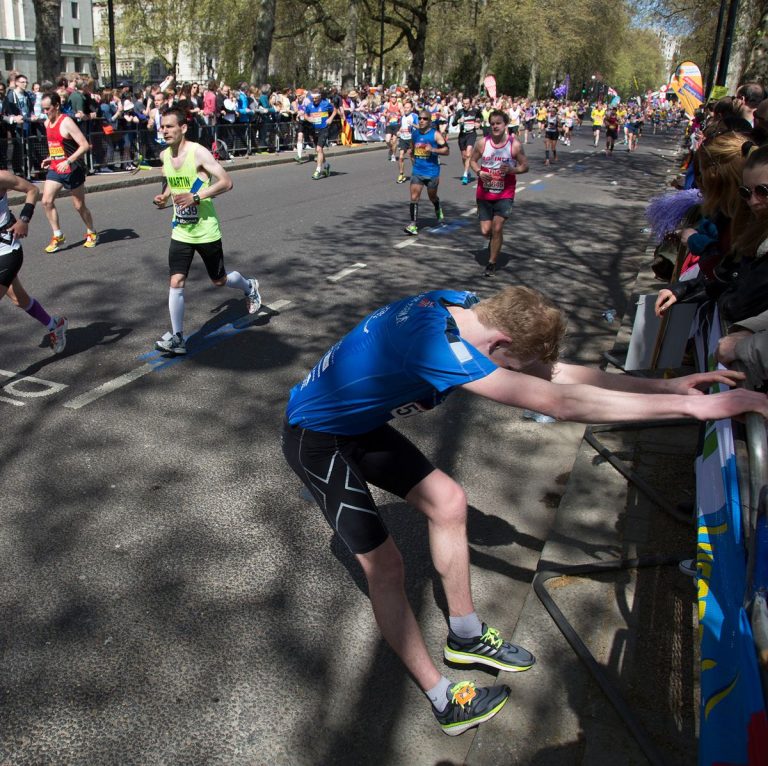How to Get Marathon Fit
To get marathon fit, start with a gradual training plan and focus on building endurance and strength. Incorporate long runs, speed work, cross-training, and rest for optimal results.
Marathon training requires dedication, consistency, and proper fueling to improve performance and prevent injuries. By following a structured training program and listening to your body, you can increase your fitness level and successfully complete a marathon. In this guide, we will explore essential tips and strategies to help you get marathon fit and achieve your running goals.

Credit: www.rei.com
Setting Your Fitness Goals
Before embarking on your marathon journey, it’s essential to establish clear fitness goals that will guide your training and keep you motivated. Setting realistic and achievable goals is crucial to avoid burnout and injury, ensuring a successful marathon experience. In this section, we’ll explore how to choose the right marathon and set achievable milestones along the way.
Choosing The Right Marathon
When choosing a marathon, it’s important to consider factors such as location, terrain, and time of year. Selecting a race that aligns with your preferences and abilities will increase your chances of success. To help with your decision-making process, here are some key factors to consider:
| Factors | Considerations |
|---|---|
| Location | Choose a race in a city or area that you find appealing and convenient for travel. |
| Terrain | Decide if you prefer a flat course or one with scenic inclines that challenge your endurance. |
| Date | Consider the climate and time of year that suits your training preferences and availability. |
By carefully considering these factors, you can choose a marathon that excites and motivates you, making your training journey more enjoyable.
Setting Achievable Milestones
Breaking down your marathon training into smaller, achievable milestones helps keep you motivated and provides opportunities to celebrate your progress. Here are some tips for setting milestones:
- Start with the big picture: Visualize your ultimate goal of completing a marathon, and then break it down into smaller milestones.
- Be specific and measurable: Set clear targets, such as running a certain distance in a specific time frame.
- Gradually increase difficulty: Challenge yourself by gradually increasing the intensity or duration of your training sessions.
- Track your progress: Use a training journal or mobile app to monitor your milestones and track your improvement over time.
Remember, every milestone you achieve brings you one step closer to your marathon goal. Celebrate each accomplishment along the way to stay motivated and inspired.
Designing Your Training Plan
Crafting your training plan for marathon fitness involves setting clear goals, incorporating cross-training, and gradually increasing mileage. Integrate strength and flexibility exercises to prevent injuries and stay consistent with your training routine. Balancing rest and recovery in your plan is crucial for optimal performance on race day.
Designing Your Training Plan Creating a marathon training plan is key to success. Here’s how to finesse your strategy: Building Endurance – Prioritize long runs to increase stamina. – Gradually increase mileage to avoid injury. – Incorporate cross-training for overall fitness. Incorporating Speed Workouts – Include intervals to boost speed. – Mix in tempo runs for race pace practice. – Focus on proper form and technique.Fueling Your Body For Success
Get marathon fit and fuel your body for success with our expert tips and guidelines. Achieve your fitness goals with a carefully crafted training plan and a well-nourished body.
Fueling your body for success is essential when training for a marathon.Importance Of Nutrition
Eating a nutrient-rich diet helps fuel your performance and aids in muscle recovery.Hydration Strategies
Staying hydrated by consuming water regularly is crucial to maintain energy levels and prevent dehydration.Preventing Injuries
When it comes to marathon training, preventing injuries should be at the top of your priority list. Nothing can sideline your training like an injury, so it’s important to take preventative measures to keep your body healthy and strong. By incorporating cross-training techniques and listening to your body, you can decrease your risk of injuries and stay on track with your marathon goals.
Cross-training Techniques
One effective way to prevent injuries during marathon training is to include cross-training in your exercise routine. Cross-training involves incorporating different types of exercises into your training plan, which can help strengthen different muscle groups and minimize your risk of overuse injuries. Here are a few cross-training techniques to consider:
| Technique | Description |
|---|---|
| Swimming | Swimming is a low-impact exercise that provides a full-body workout and helps improve cardiovascular endurance without putting stress on your joints. |
| Cycling | Cycling is another excellent low-impact option that targets the muscles in your legs and is great for building endurance. |
| Strength Training | Incorporating strength training exercises, such as weightlifting or bodyweight exercises, can help improve your overall strength and stability, reducing the risk of injuries. |
Listening To Your Body
One of the most important aspects of preventing injuries is listening to your body. It’s essential to pay attention to any signs of discomfort or pain during your training and take appropriate action. Here are a few tips to help you listen to your body:
- Rest when needed: If you’re feeling fatigued or experiencing pain, take a rest day or modify your training schedule to allow your body to recover.
- Gradually increase intensity: Avoid sudden spikes in mileage or intensity, as this can lead to overuse injuries. Gradually increase your training load and give your body time to adjust.
- Stretch and foam roll: Incorporate stretches and foam rolling into your routine to help keep your muscles flexible and prevent tightness.
By prioritizing cross-training and listening to your body, you can significantly reduce your risk of injuries during marathon training. Remember, it’s better to take preventative measures than to deal with the frustration and setbacks of an injury. Stay proactive and enjoy a successful marathon journey!
Race Day Preparation
Welcome to the exciting world of marathon training and race day preparation! As you gear up for the big event, it’s essential to focus not only on physical fitness but also on mental preparedness and logistical planning. Let’s take a closer look at these key aspects to ensure you’re fully equipped for the challenge ahead.
Mental Preparation
Preparing your mind for the marathon is just as important as training your body. Visualize crossing the finish line, repeat positive affirmations, and stay focused on your goal. Embrace the race day excitement, and trust in your training to boost your mental strength. Remember, a positive mindset can make all the difference.
Logistics Checklist
Before race day, it’s crucial to have a comprehensive checklist to ensure everything is in order. From your running gear to your nutrition plan and race day logistics, being well-prepared will alleviate any unnecessary stress. Make sure you have your bib number, adequate hydration, and any required documentation. Double-check all details to avoid last-minute complications.

Credit: echelonfit.com

Credit: www.redbull.com
Frequently Asked Questions For How To Get Marathon Fit
How Long Does It Take To Get In Shape For A Marathon?
Getting in shape for a marathon varies depending on fitness level, but typically takes 16-20 weeks. Consistent training is key.
How Do I Go From Unfit To Marathon?
To go from unfit to running a marathon, start gradually increasing mileage, add strength training, and stay consistent. Join a training group or hire a coach for guidance and accountability. Focus on proper nutrition, hydration, and rest for optimal performance and injury prevention.
How Do I Get Into Marathon Shape?
To get into marathon shape, follow these steps: 1. Start with a training plan that gradually increases your mileage. 2. Focus on building endurance through long runs and tempo runs. 3. Incorporate strength training to strengthen muscles and prevent injuries.
4. Hydrate properly and fuel your body with balanced nutrition. 5. Don’t forget to include rest days for recovery and reduce the risk of burnout.
Conclusion
Achieving marathon fitness requires dedication, consistency, and a well-rounded training plan. By gradually increasing your running mileage, incorporating cross-training activities, and focusing on proper nutrition and rest, you can set yourself up for success in reaching your marathon goals. Remember to listen to your body, make adjustments when needed, and enjoy the journey.
Stay motivated, keep pushing yourself, and soon enough, you’ll be crossing that finish line with pride. Happy running!







